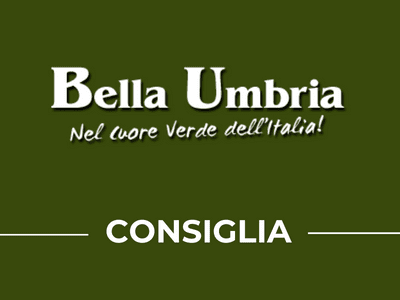▌ Alla scoperta di Città di Castello
#BELLAUMBRIA
Miniguida alla scoperta di Città di Castello
Cinta ancora per buoni tratti dalle mura cinquecentesche Città di Castello si distende lungo la valle del Tevere, là dove i Romani avevano stabilito il municipio di Tifernum Tiberinum.
Dopo essere stata saccheggiata e distrutta per opera di Totila durante le invasioni barbariche, Città di Castello viene ricostruita dal Vescovo Florido assumendo prima il nome di Castrum Felicitatis e poi, a partire dal X secolo, quello definitivo di Castrum Castelli.
location durante il tardo Medioevo, fu soggetta di volta in volta a Perugia, alla Chiesa o a Firenze; solo nel ‘500, con Cesare Borgia, passò in modo definitivo nelle mani del Papato.
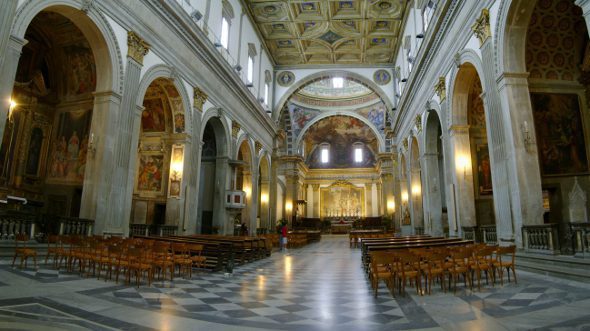
>> Vuoi visitare Città di Castello? Consulta ora le offerte dei migliori agriturismi a Città di Castello
L’antica storia di Città di Castello è testimoniata dagli edifici che furono sede delle antiche strutture amministrative, tra le quali ricordiamo in particolare il Palazzo del Podestà, con facciata barocca del 1686, e il Palazzo Comunale, eretto in forme gotiche con un elegante portale e bifore. Tracce di arte gotica si possono trovare anche sul fianco sinistro del Duomo, che, costruito sull’area di un tempio romano a partire dall’ XI secolo, vide il suo impianto radicalmente cambiato già alla metà del XIV secolo.
La chiesa di S. Domenico del 1424, con facciata incompiuta e portale ogivale nel fianco sinistro, quella di S. Maria Maggiore, di epoca gotica ma con facciata rinascimentale, e quella di S. Francesco, con absidi poligonali del 1273 ma rimaneggiata nei primi anni del 1700, completano il panorama degli edifici di culto della cittadina.
Nella Pinacoteca comunale, infine, sono conservate opere di Raffaello, Signorelli e di Domenico Ghirlandaio, oltre a quelle di artisti di scuola umbra toscana e marchigiana.
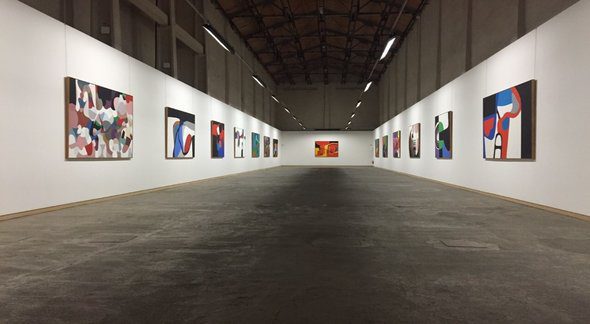
>> Vuoi visitare Città di Castello e scoprire la sue ricchezze storico artistiche? Consulta ora le offerte dei migliori agriturismi e country house a Città di Castello
Città di Castello lega il proprio nome ad un grande artista del Novecento: Alberto Burri (Città di Castello 1915 – Nizza 1995), uno dei maggiori esponenti dell’arte informale italiana.
La Fondazione Palazzo Albizzini “Collezione Burri”, istituita nel 1978 per volontà dello stesso Burri, possiede e gestisce l’unica completa raccolta esistente delle opere dell’artista esposte a Città di Castello in due sedi museali: Palazzo Albizzini e gli Ex Essiccatoi del Tabacco.
Scoprire Città di Castello: gli itinerari
Città di Castello e il suo territorio sono ricchi di tesori tutti da scoprire e ammirare. Dalle testimonianze del passato storico-artistico agli sviluppi recenti dell’arte contemporanea, dagli splendidi panorami naturali alle atmosfere più sacre e mistiche, c’è davvero l’imbarazzo della scelta. Ecco una serie di miniguide che ti accompagneranno attraverso Città di Castello e le cittadine di Umbertide e San Giustino:
Per un percorso speciale attraverso l’appennino umbro marchigiano, con i suoi borghi e la sua natura incontrastata, ecco l’itinerario che ti suggeriamo:
Una vacanza nella natura a Città di Castello e nell’Alta Valle del Tevere
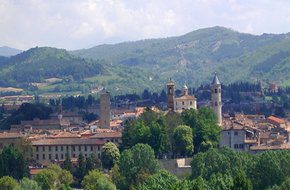
Città di Castello è immersa in un paesaggio naturalistico unico: l’Alta Valle del Tevere. Qui le campagne umbre sfumano in un verde brillante e intenso, mentre il territorio si caratterizza per un susseguirsi di ampie pianure e dolci colline. Per godere a pieno di queste bellezze naturali, potrai soggiornare in un agriturismo della zona, luogo ideale a contatto con la natura. Consulta le liste con i nostri agriturismi, troverai sicuramente ottime location ed offerte speciali:
Una vacanza romantica a Città di Castello
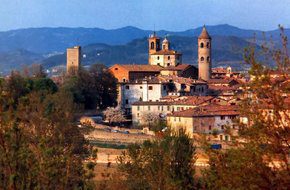
Borghi storici e natura incontaminata, un binomio perfetto per vivere emozioni preziose, magari in compagnia del proprio partner. Città di Castello è infatti un’ottima meta per una vacanza a due, ci sono molte strutture capaci di regalarvi la cornice perfetta per la vacanza romantica dei vostri sogni. Abbiamo selezionato i migliori hotel e resort che offrono trattamenti e sistemazioni adatte ad una vacanza all’insegna del romanticismo:
Mangiare a Città di Castello

Tanti prodotti d’eccellenza e tante ricette uniche ti aspettano a Città di Castello, dove potrai gustare la cucina umbra più genuina. Ecco una lista di ristoranti ed agriturismi con ristorante di Città di Castello che ti consigliamo:


